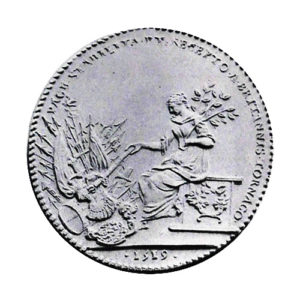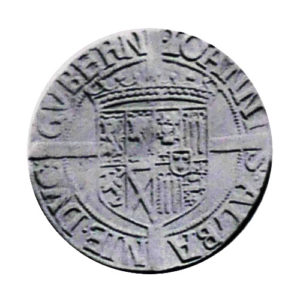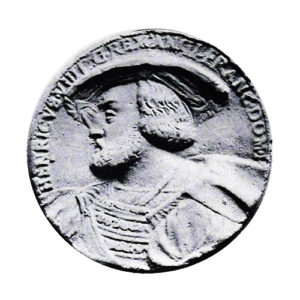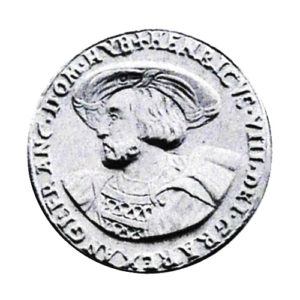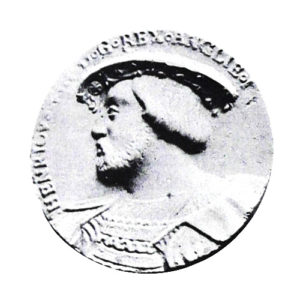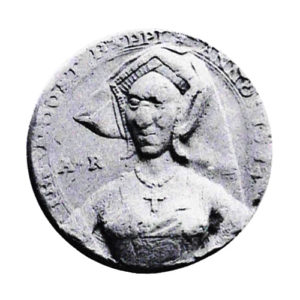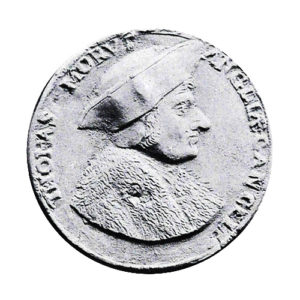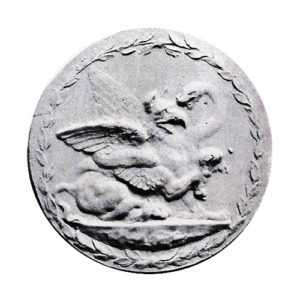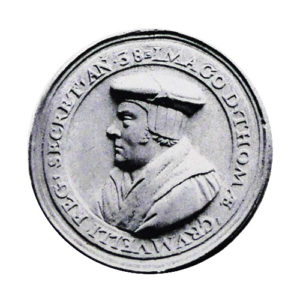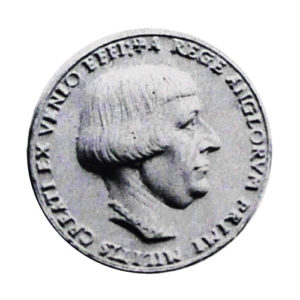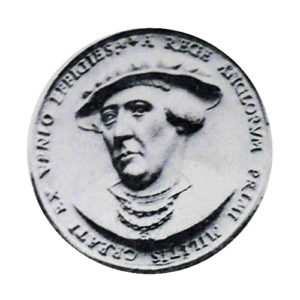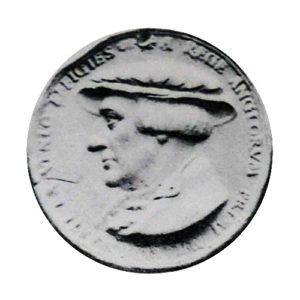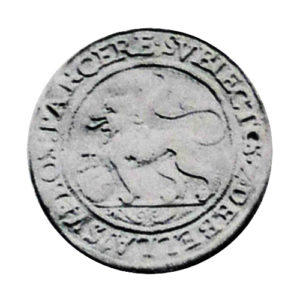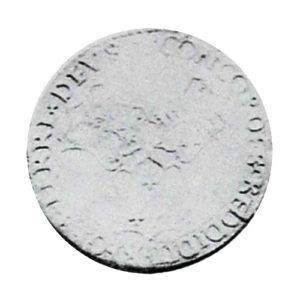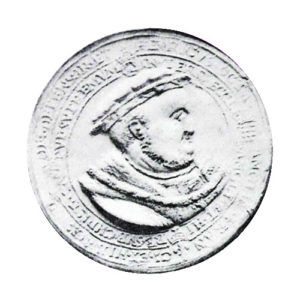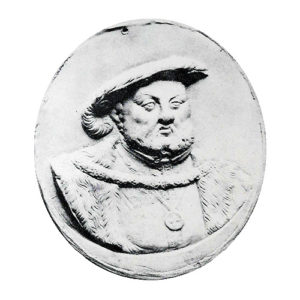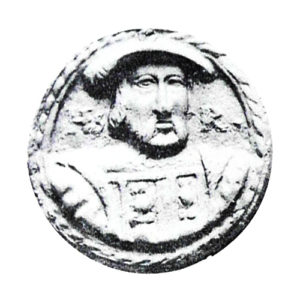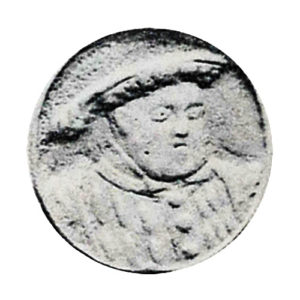Medals from the Henry VIII Period
British and Irish Historical Medallic Illustrations 1491 – 1547.
The medals, medalets or counters compiled in this article belong to the time period coinciding with the reign of Henry VIII (28 June 1491 – 28 January 1547). The illustrations are made from historical public domain sources and their information checked against the book “The Medallic Illustrations of the History of Great Britain and Ireland“, which commenced in 1904. Please use the contact form linked on the footer to request high-definition images for non-commercial projects.
Thomas Cromwell - Earl of Essex
Year: 1538.
Material: Struck in silver-gilt.
Description: Thomas Cromwell held high offices of State. He became Dean of Wells and Knight of the Garter in 1537 (event which this medal commemorates). He was created Earl of Essex in 1539 and shortly after Lord Chamberlain. He was later accused of treason and beheaded on 28 July 1540.
Michael Mercator (I)
Year: 1539.
Material: Struck in silver.
Description: Michael Mercadtor was a native of Venlo, envoy of Floris d’Egmont, and Count of Buren. He as attached to the service of Henry VIII and was knighted by him in 1539 – and soon after sent on a secret mission to the Low Countries. Merkator was a skilled artists and these medals are supposed to be his work.
Michael Mercator (II)
Year: 1539.
Material: Struck in silver.
Description: Michael Mercadtor was a native of Venlo, envoy of Floris d’Egmont, and Count of Buren. He as attached to the service of Henry VIII and was knighted by him in 1539 – and soon after sent on a secret mission to the Low Countries. Merkator was a skilled artists and these medals are supposed to be his work.
Michael Mercator (III)
Year: 1539.
Material: Struck in silver.
Description: Michael Mercadtor was a native of Venlo, envoy of Floris d’Egmont, and Count of Buren. He as attached to the service of Henry VIII and was knighted by him in 1539 – and soon after sent on a secret mission to the Low Countries. Merkator was a skilled artists and these medals are supposed to be his work.


